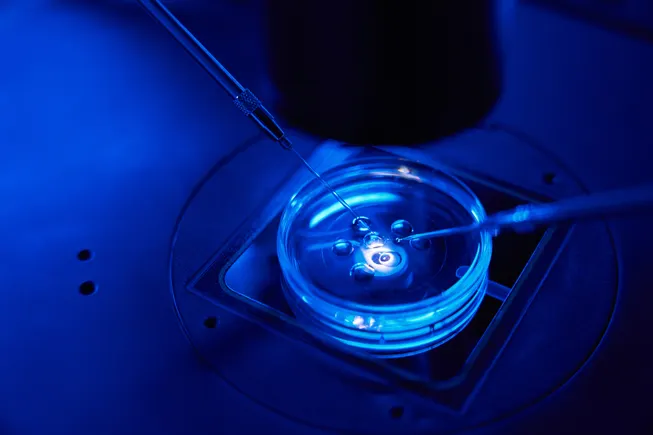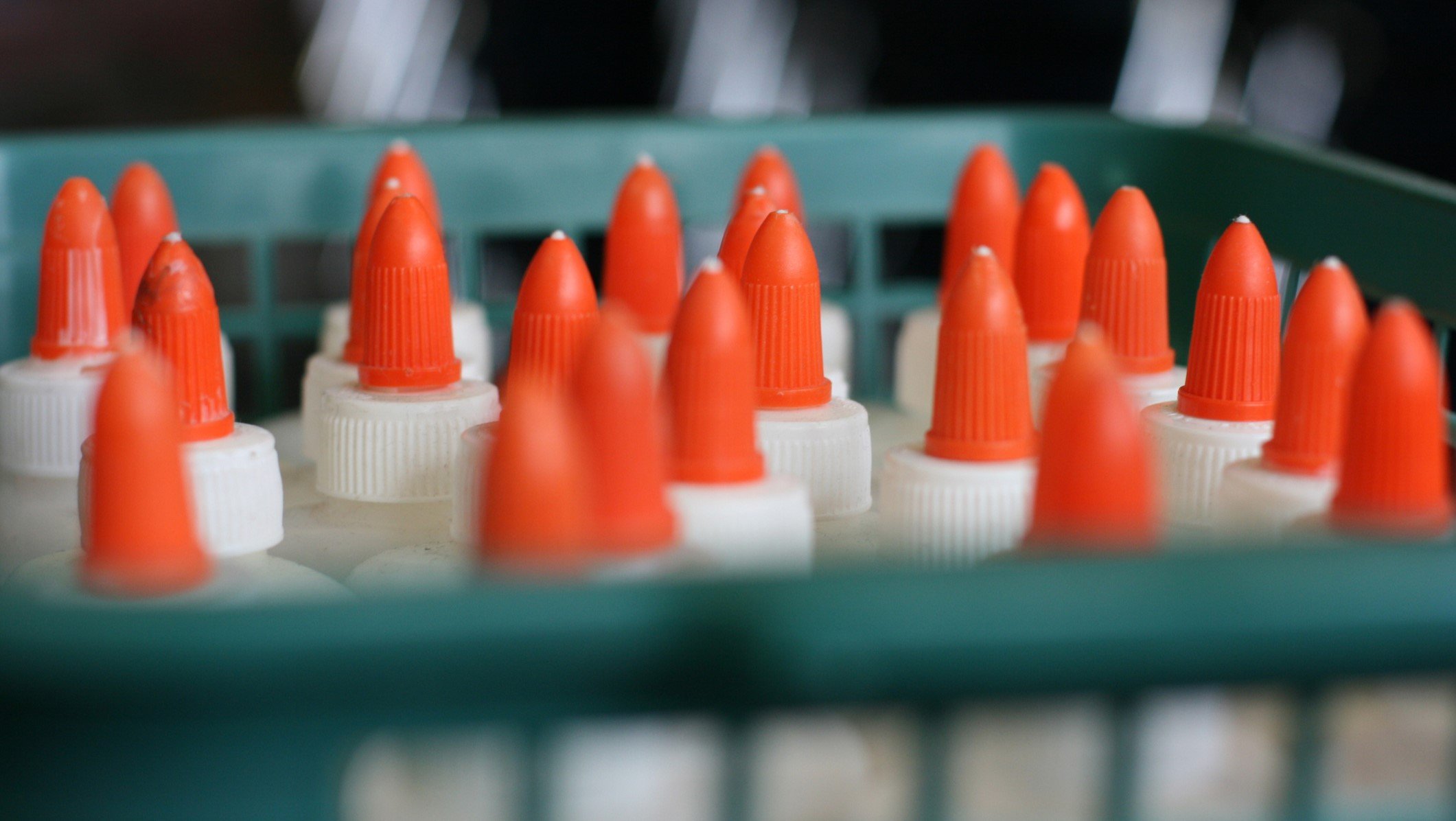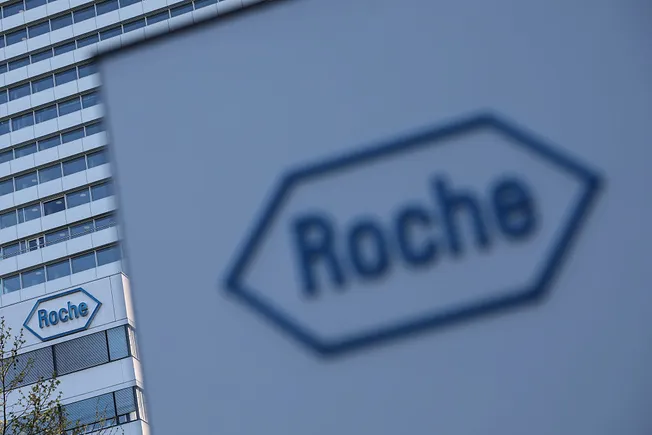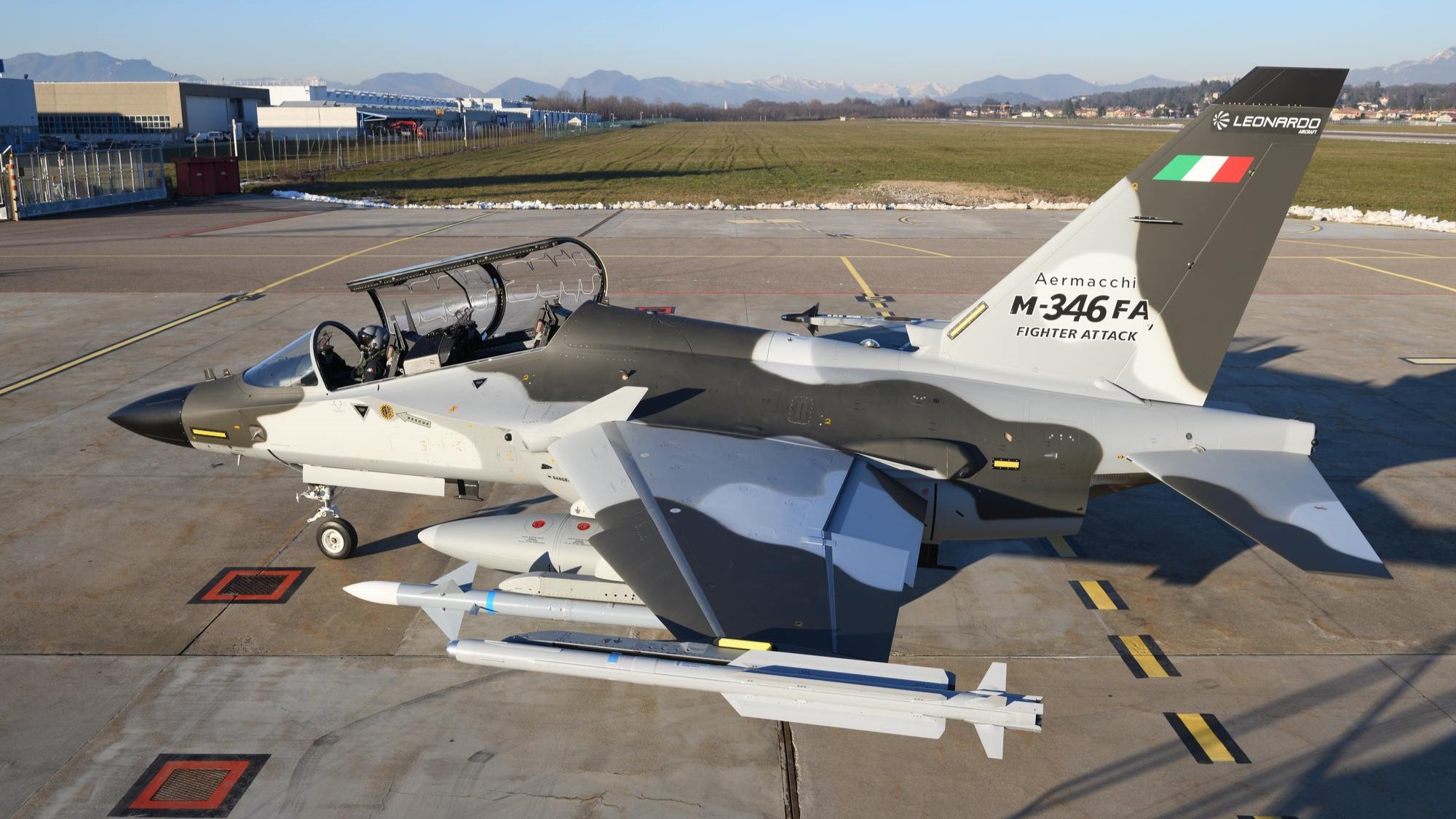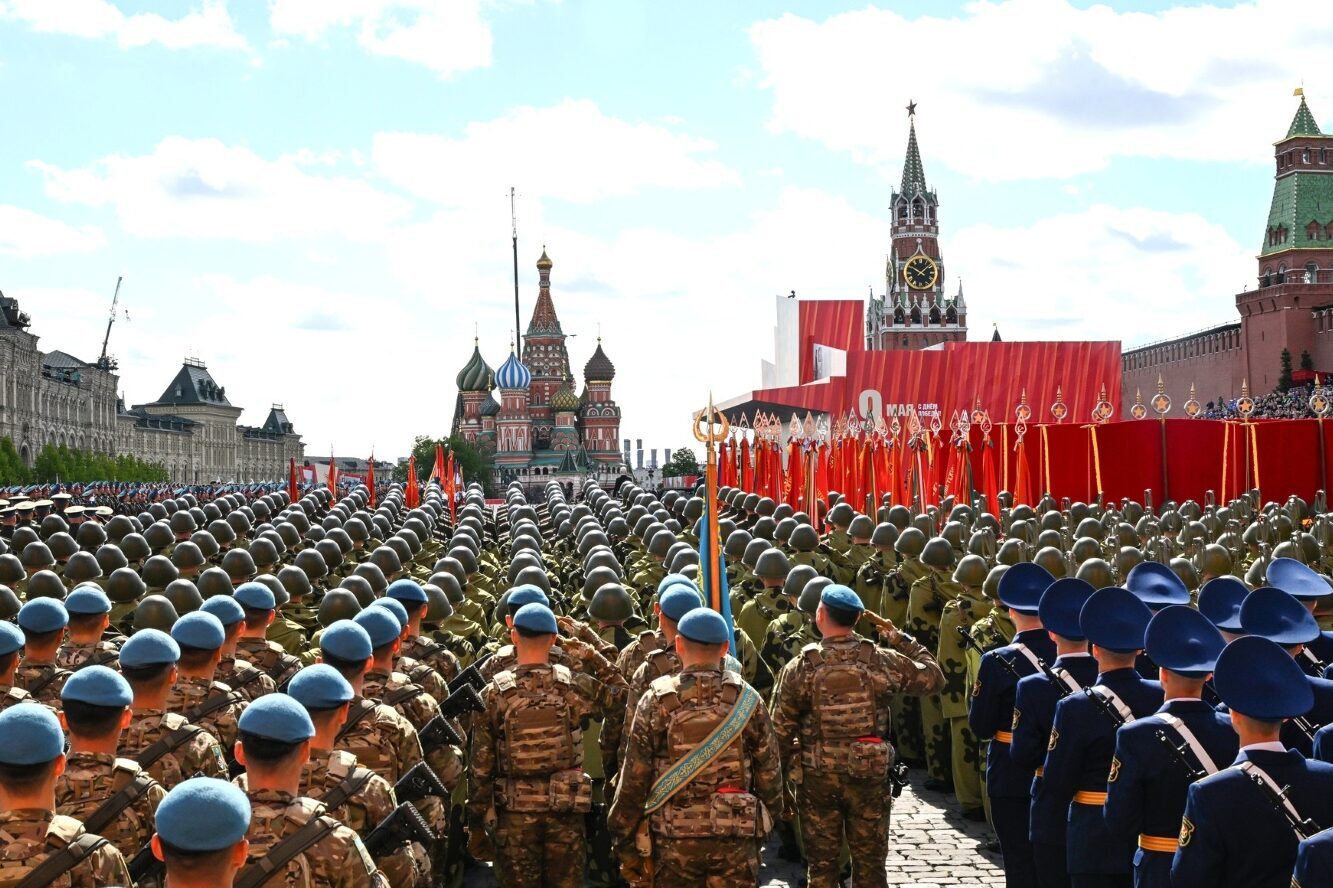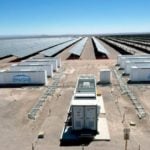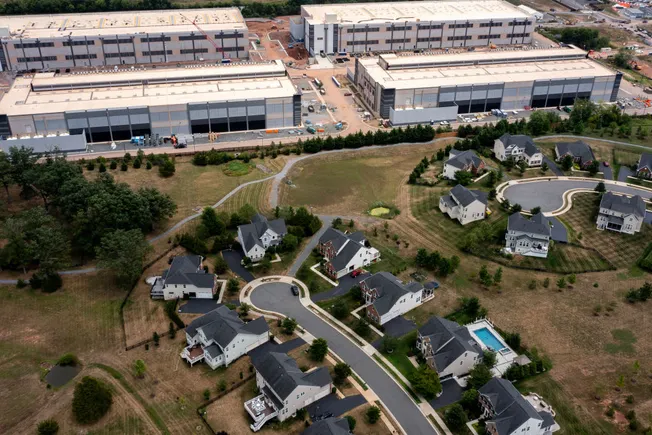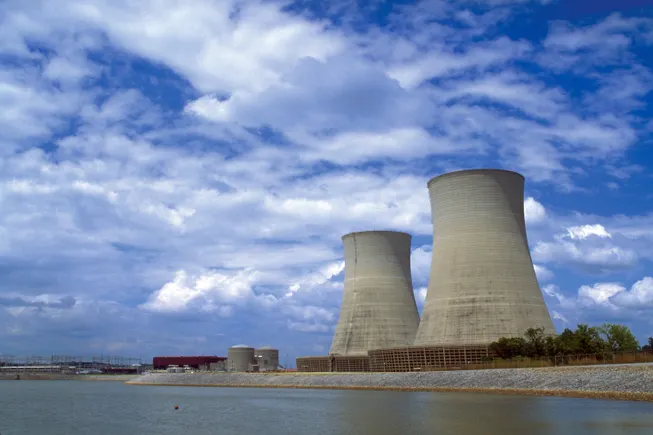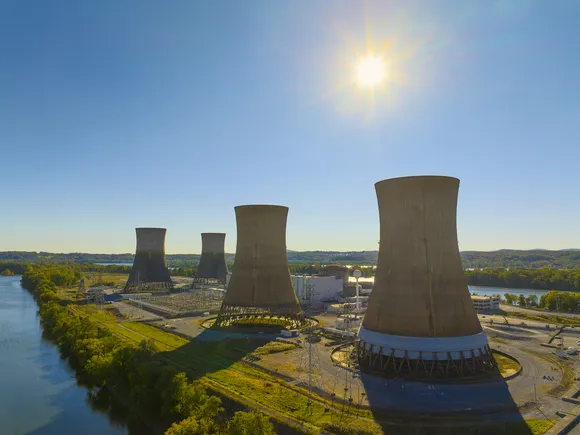PtRu Intra‐Cluster Electron Modulation Accelerates Multi‐Scenario Hydrogen Evolution Reaction
Advanced Energy Materials, Volume 15, Issue 19, May 20, 2025.

In situ reduction of Pt4+ and Ru3+ into highly dispersed small-sized heterojunction clusters in hollow carbon materials by using the strategy of reducing agent preset into supramolecular framework. The Ru→Pt electron transfer in the PtRu clusters modulates the electronic structure, promotes the adsorption and activation of H2O in both directions, and realizes the electrolysis of H2O-to-H2 in various scenarios.
Abstract
The development of advanced nanomaterial manufacturing technology and the in-depth analysis of the structure-activity relationship are conducive to the sustainable development of platinum-based catalysts in terms of low cost and high performance. The in situ conversion of Pt4+ and Ru3+ is creatively achieved into highly dispersed, small-sized heterojunction clusters in the confined space by reductant preset framework materials, and these clusters benefited from the hollow carbon spheres gap supramolecular self-assembly strategy to achieve high exposure. The intra-cluster Ru→Pt electron transfer and induced electronic structure modulation enhance the adsorption and activation of H2O molecules at the interface, accelerating the desorption coupling of [H] at the Pt or Ru site. As a catalyst, PtRu/BNHCSs have achieved significant hydrogen production from electrolyzed water in multiple scenarios, exceeding the performance of the commercial Pt/C catalyst. These scenarios include high-current water splitting to hydrogen in both pH-neutral and simulated seawater, direct seawater hydrogen production, and anion-exchange membrane integrated continuous and efficient electrolytic hydrogen production. In situ Fourier transform infrared and in situ Raman interface monitoring techniques reveal the interfacial adsorption behavior of H2O, providing important experimental and theoretical insights for understanding and revealing the synergistic effect and the interfacial reaction behavior of intra-cluster atoms of PtRu heterojunction.



























































